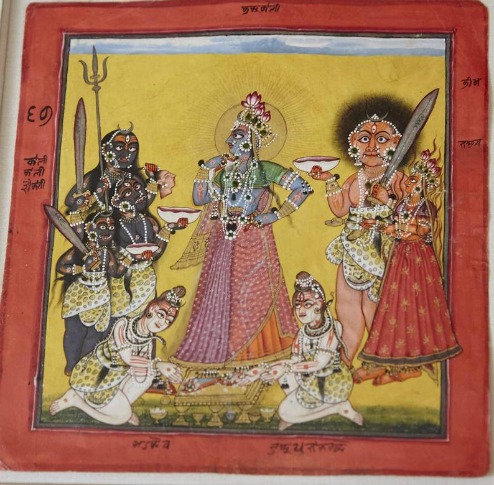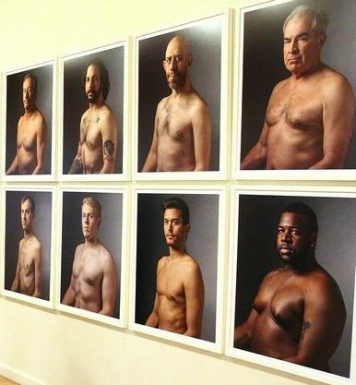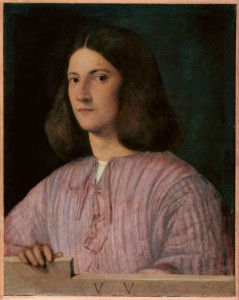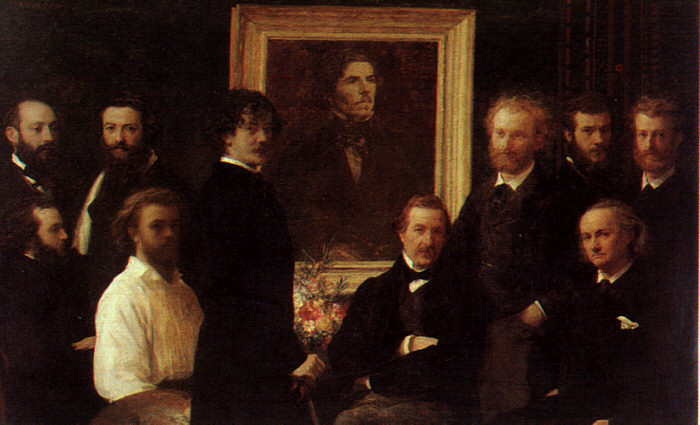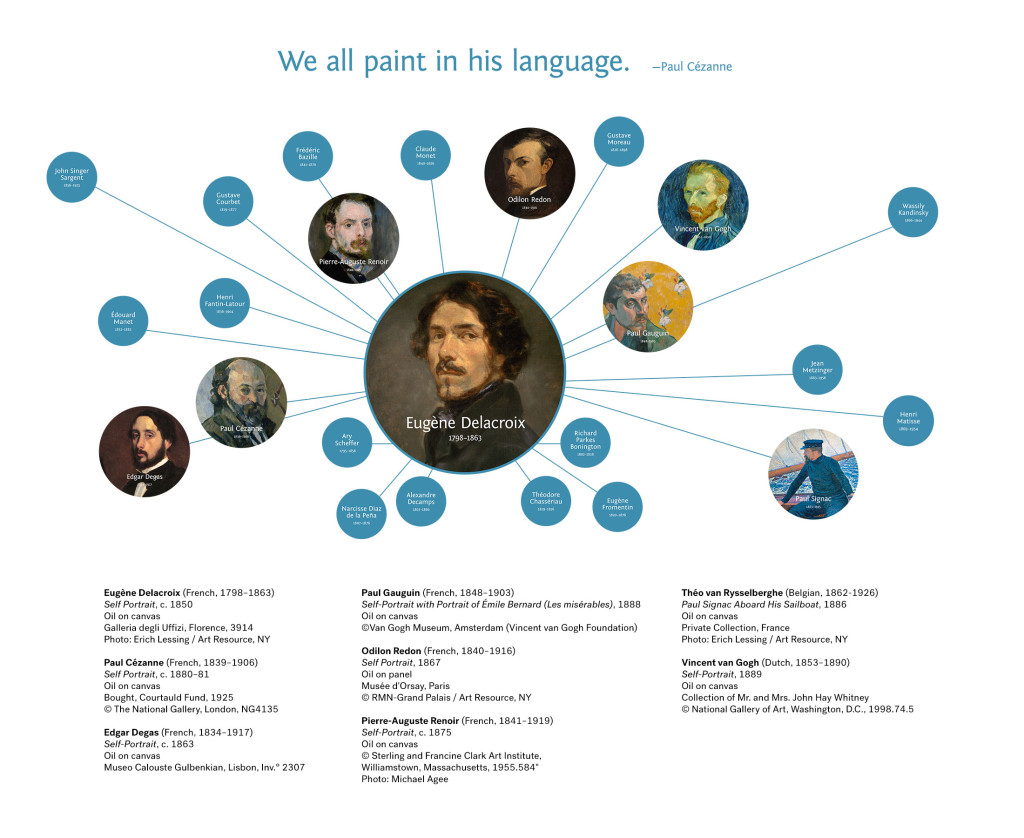You never know what might spark the idea for an exhibition, and at the National Gallery in London it was a 2011 gift left to the U.K. by Lucian Freud. He bequeathed a work called Italian Woman by Corot, which he had purchased 10 years earlier “no doubt drawn to its solid brushwork and intense physical presence,” says the NG.
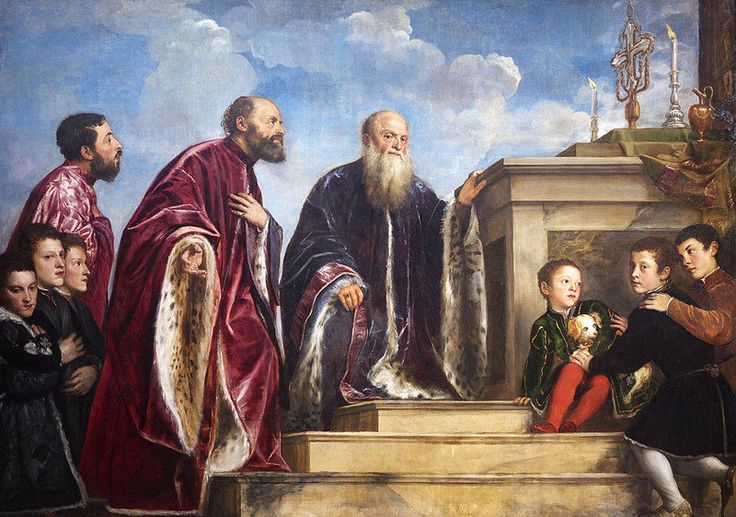 And so on June 23, just a few years later, the NG will open Painters’ Paintings: From Freud to Van Dyke, a show of more than eighty works that had once been owned by great painters, either by gift, swap or purchase, works that probably inspired them, paintings they lived with. (The spark also explains the backward chronology of the title.) As the press release says:
And so on June 23, just a few years later, the NG will open Painters’ Paintings: From Freud to Van Dyke, a show of more than eighty works that had once been owned by great painters, either by gift, swap or purchase, works that probably inspired them, paintings they lived with. (The spark also explains the backward chronology of the title.) As the press release says:
This is an exceptional opportunity to glimpse inside the private world of these painters and to understand the motivations of artists as collectors of paintings.
In the release, Anne Robbins, the curator of Painters’ Paintings, explained:
Since its acquisition the painting’s notable provenance has attracted considerable attention – in fact the picture is often appraised in the light of Freud’s own achievements, almost eclipsing the intrinsic merits of Corot’s canvas. It made us start considering questions such as which paintings do artists choose to hang on their own walls? How do the works of art they have in their homes and studios influence their personal creative journeys? What can we learn about painters from their collection of paintings?
As it happened, the NG owns a Titian once owned by Van Dyck (he had 19 Titians at this death, one pictured here), a Rembrandt once in the possession of Reynolds, and a Degas owned by Matisse, among others. Borrow more from private collectors, and voila, what should be a very intriguing exhibition. Many of the works have not been seen publicly for decades.
Works once owned by Degas, a famed collector; Lord Leighton; George Frederic Watts, and Sir Thomas Lawrence will also be on view.
In the catalogue, which extends the scholarship of the show, Robbins related how each work was acquired, sometimes at great cost, and how the artists “used these pictures, extracting their technical secrets and repeatedly appropriating motifs, poses and subject matter.”
I love this idea. This is what art exhibitions should do. More details here.


